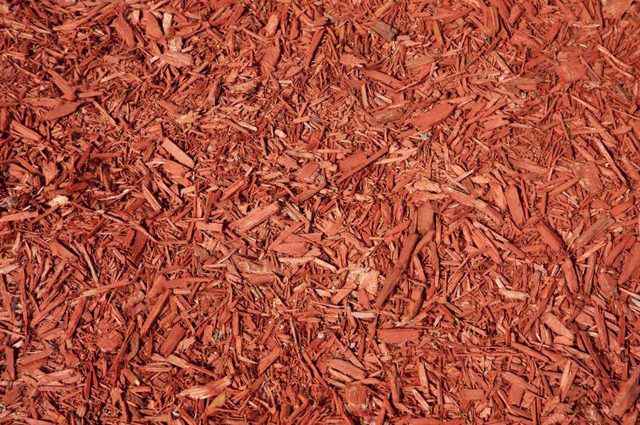Bulbs
Flower Basics
Flower Beds & Specialty Gardens
Flower Garden
Garden Furniture
Garden Gnomes
Garden Seeds
Garden Sheds
Garden Statues
Garden Tools & Supplies
Gardening Basics
Green & Organic
Groundcovers & Vines
Growing Annuals
Growing Basil
Growing Beans
Growing Berries
Growing Blueberries
Growing Cactus
Growing Corn
Growing Cotton
Growing Edibles
Growing Flowers
Growing Garlic
Growing Grapes
Growing Grass
Growing Herbs
Growing Jasmine
Growing Mint
Growing Mushrooms
Orchids
Growing Peanuts
Growing Perennials
Growing Plants
Growing Rosemary
Growing Roses
Growing Strawberries
Growing Sunflowers
Growing Thyme
Growing Tomatoes
Growing Tulips
Growing Vegetables
Herb Basics
Herb Garden
Indoor Growing
Landscaping Basics
Landscaping Patios
Landscaping Plants
Landscaping Shrubs
Landscaping Trees
Landscaping Walks & Pathways
Lawn Basics
Lawn Maintenance
Lawn Mowers
Lawn Ornaments
Lawn Planting
Lawn Tools
Outdoor Growing
Overall Landscape Planning
Pests, Weeds & Problems
Plant Basics
Rock Garden
Rose Garden
Shrubs
Soil
Specialty Gardens
Trees
Vegetable Garden
Yard Maintenance
How to Dye Mulch
How to Dye Mulch. The warm tones of fresh mulch may seem to welcome you home after a long day, but it doesn't take long for the color of new mulch to begin to fade. Dyed mulch fades to a duller shade, and natural mulch begins to look gray and drab. Commercial dye designed to color mulch after it has been spread on the ground can help revitalize the...

The warm tones of fresh mulch may seem to welcome you home after a long day, but it doesn't take long for the color of new mulch to begin to fade. Dyed mulch fades to a duller shade, and natural mulch begins to look gray and drab. Commercial dye designed to color mulch after it has been spread on the ground can help revitalize the appearance of a mulched flowerbed.
Understanding Mulch Dye
Many mulch dyes are made of natural ingredients so don't hurt plants when sprayed on surrounding mulch. The dyes are concentrated and must be mixed with water before they are sprayed. The several dye color choices include brown, red and black. You don't have to wait to see results; a dye instantly changes the color of mulch. Most mulch dyes can be used on different kinds of mulch, such as bark, pine straw and rubber varieties.
Knowing When to Use It
Mulch dye works equally as well in all seasons, as long as the temperature is above freezing. Like any liquid application, mulch dye dries faster in hot, sunny weather than in other conditions. It continues to sink into mulch for a little while after it appears to be dry. So keep an eye on the weather. The best practice is to apply the dye at least six hours before rain is expected. The color from the dye lasts from one to nine months, depending on its shade and the dye manufacturer. Reapply the dye when the mulch's color starts to look faded.
Applying the Dye
Preparing a mulch dye for spraying requires mixing it with the amount of water recommended by the dye's manufacturer. For example, one manufacturer advises mixing 1 part dye with 10 parts water for a solution that will be used on faded mulch. Fill a garden sprayer with your dye-water mixture, and spray mulch already in place on the ground with the mixture, coating the mulch thoroughly. The dye colors only what it touches. So the underside of the mulch won't be dyed. If small areas of dyed mulch become overturned, such as by pets or children, then a small spray bottle filled with the dye-water mixture can be used to dye those areas, eliminating the need to use the garden sprayer again.
Considering All the Factors
Mulch dye colors more than mulch: It also sticks to driveways, rocks, clothes and some plants. It tends to wash off greenery such as leaves and grass, but it might stick to items such as flower petals and wood. Before spraying mulch dye, use plastic or cardboard to cover items you don't want dyed or discolored. Also before mixing or spraying the dye, put on protective clothing such as a long-sleeved shirt, gloves and safety goggles, choosing items you don't mind getting stained in case the dye touches them. Even though many mulch dyes have natural ingredients, wearing a dust mask while mixing and spraying the dye helps to lessen the chances that you will inhale the dye or dye mixture.
Mulch dye application works best on days with little or no wind; wind can blow the dye where you don't want it, including on yourself. Don't walk on the dyed mulch or allow people or pets to touch it in any other way for at least one-half hour, giving the mulch's exterior surface time to dry. It takes up to six hours for the dye to penetrate mulch and dry completely, but it's safe to touch after about 30 minutes on sunny, warm days. On cold, cloudy or humid days, allow about twice as much time to ensure complete drying.